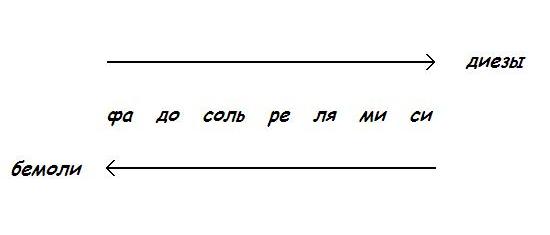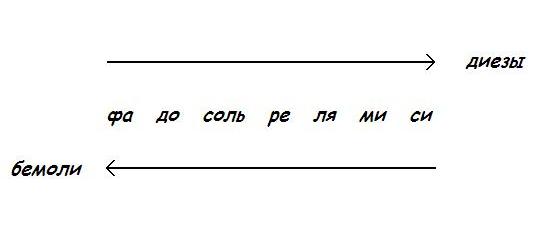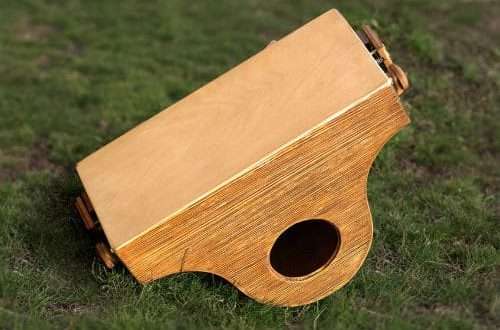
How to remember key signs in keys
Contents
This article will talk about how to remember keys and their key signs. Everyone remembers differently: some try to remember the number of signs, others try to memorize the names of keys with their key signs, others come up with something else. In fact, everything is much simpler and you only need to remember two things, the rest will be remembered automatically.
Key signs – what are they?
People who are advanced in their musical studies probably not only know how to read music, but also know what tonality is, and that to indicate tonality, composers put key signs in notes. What are these key signs? These are sharps and flats, which are written on each line of notes next to the key and remain in effect throughout the entire piece or until they are canceled.
The order of sharps and the order of flats – you need to know this!
As you may know, key signs are not displayed randomly, but in a specific order. Sharp order: . Flat orderth – reverse: . Here’s what it looks like in musical notation:

In these rows, in both cases, all seven main steps are used, which are well known to everyone: – only they are specially arranged in a certain sequence. We will work with these two orders in order to learn how to identify key signs in a particular key easily and correctly. Look again and remember the order:

How many keys are used in music?
Now let’s move directly to tonalities. In total, 30 keys are used in music – 15 major and 15 parallel minor ones. Parallel keys These keys are called those that have the same key signs, therefore, the same scale, but differ in their tonic and their mode (let me remind you that the tonic and mode determine the name of the tonality).
Of these 30 tones:
2 unsigned (this and – we just remember them);
14 sharp (7 – major keys and 7 – minor keys parallel to them);
14 flat (also 7 major and 7 minor).
Thus, to indicate the key, you may need from 0 to 7 key signs (sharps or flats). Remember that there are no signs in C major and A minor? Remember also that in (and) and in (and parallel) there are 7 sharps and flats, respectively.
What rules can be used to determine key signs in keys?
To determine the signs in all other keys, we will use the order of sharps that we already know or, if necessary, the order of flats, which is located a minor third above the original minor tonic.
In order to determine , we follow the rule: . That is, we simply list all the sharps in order until we get to the one that is one note lower than the tonic.
we define it as follows: we list the order of the flats and stop at the next flat after we have named the tonic. That is, the rule here is: (that is, it is next after the tonic). To find the signs for a flat minor key, you must first determine its parallel major key.
I think the principle is clear. For one of the flat keys – – this principle works with one caveat: we take the first tonic as if from nowhere. The fact is that in the key the only sign is – , from which the order of flats begins, so to determine the key we take a step back and get the initial key – .
How do you know which signs to put on the key – sharps or flats?
A question that may naturally arise in your mind is: “How do you know which keys are sharp and which are flat?” Most major keys with tonics from white keys (with the exception of ) are sharp. Flat major keys are those whose tonics form the order of the flats (i.e., , etc.). This issue will be discussed in more detail in an article devoted to a whole system of tonalities, called the circle of quarto-fifths.
Conclusion
Let’s summarize. Now you can correctly identify key signs in any key. Let me remind you that to do this you need to use the order of sharps or the order of flats and act according to the rules: . We focus only on major keys; in order to determine the signs in minor keys, we first find its parallel.
The author thanks the reader for your attention. Please: leave your comments and feedback on this article in the comments. If you liked the article, recommend it to your friends on social networks using the button at the bottom of the page. If you are interested in continuing this topic, subscribe to the site updates newsletter. To do this, you need to enter your name and email address in the appropriate fields of the form in the footer of this page (scroll down). Creative success to you, friends!



